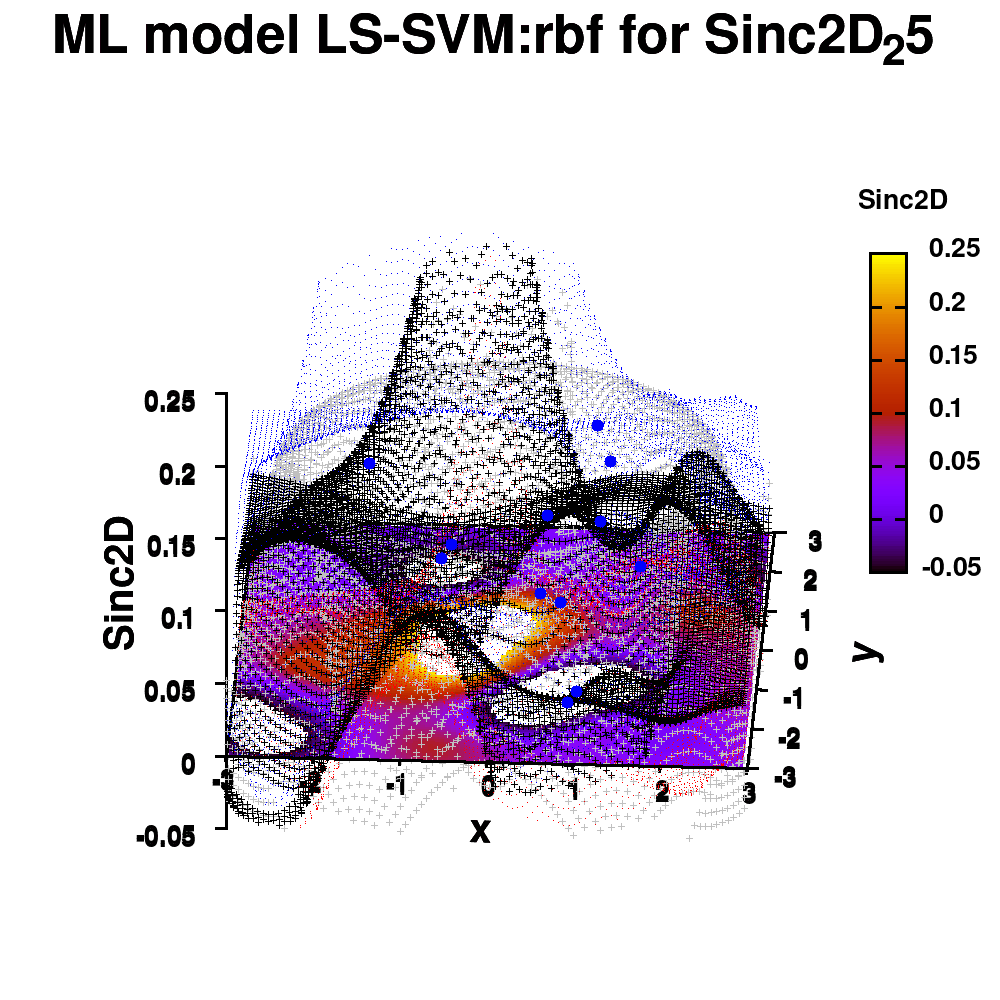Gnuplot produces a graph in a Postscript format when set terminal postscript command is given. Running with rifles: pacific crack. If an output direction is not specified, the produced Postscript data flow on your screen. The set output command changes the destination of output. Gnuplot set output 'plot.ps' gnuplot plot sin(x). Gnuplot is a portable command-line driven graphing utility for many platforms. To leverage the powful gnuplot to plot beautiful image in efficicent way in python, we port gnuplot to python. Let’s see an example at first: #!/usr/bin/env python3 #coding=utf8 from pygnuplot import gnuplot g = gnuplot.
Gnuplot Commands - Tutorial
Untar the package of sample data files on the class websitenamed 'data.tar'. This will create a subdirectory named 'data'under the current directory. Change into that data subdirectory.Inspect the contents of the file 'damped_osc.dat' from the data file packageand note the three columns of numerical data:
Now at the shell prompt, start an interactive gnuplot process:
Note the initial display from the gnuplot program, and theterminal prompt changing from the shell prompt to 'gnuplot>',indicating the gnuplot process is accepting terminal input. This willbe the case until the 'quit' command is issued to gnuplot toterminate the process and return to the shell.Set the labels for the X and Y plot axes:
For now, since we are generating one simple data plot, disable thedisplay of the plot key:
Now plot the displacement data in the file 'damped_osc.dat',using column 1 to supply the X coordinates and column 2 to supply the Ycoordinates, connecting sequential data points with lines:
You should see a new, separate graphics window created with this plot:
Try resizing the graphics window and clicking the 'replot' button on the topleft of the graphics window.
gnuplot conveniently uses the same type of terminal interface that the bashshell uses, including the ability to recall previously issued commands with theup and down arrow keys, and edit them with the left and right arrow keys.
Now explore setting the ranges on the X and Y axes manually. By default gnuplot will automaticallyscale the axes to include all the data points, but this can be overridden if desired.Try zooming the plot out:
and zooming into a portion:The default automatic scaling of the axes may be restored by clicking the 'autoscale'button on the graphics window. You may also use the right mouse button in the graphicswindow to zoom into an interesting region of the plot graphically.

Now we will add a second velocity data plot. First enable the plot key:
This will restore the plot key that shows a label for each of the plot curvesso you can tell them apart. (The text for each plot label will be taken fromthe 'title' argument of the plot command below.) Next define an overall titlefor the entire plot:
Now generate the new plot, taking the amplitude data from column 2 and thevelocity data from column 3 in the data file. First add a second label to the Y axis:
Then combine two curves on one plot with:
This should display a new plot in the graphics window that looks like:
Note the key now appearing at the top right of the graphics window, withthe label for each plot as given by the 'title' argument in the plot command.The overall plot title appears along the top edge.Also note that gnuplot saves you the need to retype the name of the data fileover again by interpreting a blank file name ' as a repeat of the previousspecified file name.

Note that by plotting two curves with somewhat different unit scaling against thesame numerical Y axis, one curve can be compressed relative to the other, as gnuplotwill scale the one axis to include both curves. To produce a more readable plot,You may refer each of the two curves to different Y axes with the defintitions:
Note the new 'axes' keyword in the plot command. This should produce a plot withseparate left and right border Y axes, like:
Ring of pain crack. Now we will try mixing two different plotting modes, one as a continuous curveand the other as discrete data points. Assume the file 'exp_data.dat'contains individual experimental data points, and 'interpolation.dat' containspoints for an interpolating polynomial passing through them. Firstreset to a single Y axis with: Dr. pills download for mac.
and then to generate the new plot enter:
Note the 'with' argument to the plot command is set to 'points' for the firstdata file and to 'lines' for the second file. This will generate a new plotwith the two different plotting modes:
Finally we try generating three dimensional surface plots. Assume that the datafile 'potential.dat' contains X, Y and Z coordinates in successive columns that describean electrostatic potential profile in the presence of two point charges ofopposite polarity. Try:
You should see a surface plot in the graphics window like:
Play around with the viewing perspective by pressing the left mousebutton and dragging the mouse around from side to side and up and down.
October 6th, 2010 | 14 Comments
Gnuplot Vector

Gnuplot 2 Y Axis
If we want to plot a single point, we can do this by creating a data file, containing only one line:
Gnuplot Multiplot
But there exist an easier method without any additional data file. In Fig. 1 three points with different symbols are plotted.
Fig. 1 Plot of three single points (code to produce this figure)
To achieve this we just use the following command:
Gnuplot Tutorial
We use the possibility to tell Gnuplot with the '-' input to read from standard input. Here we tell Gnuplot to do this three times. After the plot command the data is entered. Every single data entry have to ended with the e line.
In order to have different symbols for the points we set them before:
How To Use Gnuplot
Note: if we want to use the replot command then the above code will not work probably. But the same can be achieved by using:
